Abaqus software for civil engineering: A Step-by-Step training for Civil Engineers
Abaqus software for civil engineering is the same version as Mechanical engineering, but civil engineers should use some features related to civil engineering topics. If you are new to Abaqus, it would be useful to know Abaqus Documentation and know how it would be hard to use it without video pieces of training.
Abaqus software for civil engineering is a versatile tool with applications across various domains. It serves as a practical tool in areas such as structural analysis, geotechnical engineering, and the study of concrete and material behavior, among others. This package is designed to provide comprehensive solutions for the core principles of these fields.
Abaqus for civil engineering is instrumental in the retrofitting of existing concrete beams, especially when utilizing fiber reinforced materials. Abaqus for civil engineering enables you to precisely model the interaction between concrete and these reinforcing fibers. Furthermore, it empowers you to configure specific load and boundary conditions through the use of subroutines, offering the flexibility required to implement your desired modifications effectively. If you are new to our website, it is recommended to visit our main page of the Abaqus tutorial, which has lots of resources on Abaqus training.
Read More: ABAQUS Standard or ABAQUS Explicit?
Maintenance for Civil structure Course: “Digital Twin Technology for Predictive Maintenance in Civil Engineering: Models, Methods, and Applications”
Abaqus for Civil Engineering: Structural Engineering Abaqus
Abaqus tutorial for civil engineering package includes 10 lessons and 15workshops. The workshop topics are designed to provide many tips for learning ABAQUS. Topics presented include areas, basic concepts of FEM, modeling of truss structures, modeling of beam structures, calculating stress concentration, calculating displacement in loaded plates, simulating structures with static and dynamic loading, calculating natural frequency, calculating buckling load, Composite material simulation, Damage and plasticity modeling, Simulation of cohesive behavior and etc. (Abaqus software for civil engineering)
Read More: Causes and Solutions for Abaqus Negative Eigenvalues warning
Welcome to the Abaqus structural analysis tutorial, where CAE Assistant stands out in several key ways:
![]() In this Abaqus tutorial for beginners we will guide you going from the basics up to complex simulation techniques, and it is very fluid and comprehensive, and every single detail is explained.
In this Abaqus tutorial for beginners we will guide you going from the basics up to complex simulation techniques, and it is very fluid and comprehensive, and every single detail is explained.
![]() Every lesson goes straight to the point, without any worthless piece of content. You will learn what you need at every stage and you will be putting it into practice from the very first day.
Every lesson goes straight to the point, without any worthless piece of content. You will learn what you need at every stage and you will be putting it into practice from the very first day.
In a word, being complete and having support in this Abaqus tutorial for beginners is the essential value of this course.
![]() Most importantly, we support you as you learn in this course. You can contact our experts to ask your questions and enjoy our modeling and simulations step-by-step support for Abaqus software for civil engineering.
Most importantly, we support you as you learn in this course. You can contact our experts to ask your questions and enjoy our modeling and simulations step-by-step support for Abaqus software for civil engineering.
![]() This is just the beginning for you and if you want to become a professional in Abaqus and simulation, you can use our advanced packages and become a professional in advanced Abaqus coding.
This is just the beginning for you and if you want to become a professional in Abaqus and simulation, you can use our advanced packages and become a professional in advanced Abaqus coding.
Overall, Abaqus for civil engineering offers advanced capabilities for simulating the structural integrity of bridges and buildings under various load conditions. Click on the chapters of each lesson on the right section of this tab to know the details of the tips and issues presented in this very comprehensive and useful Abaqus tutorial for civil engineering package.
Read More: Introduction to FEA software
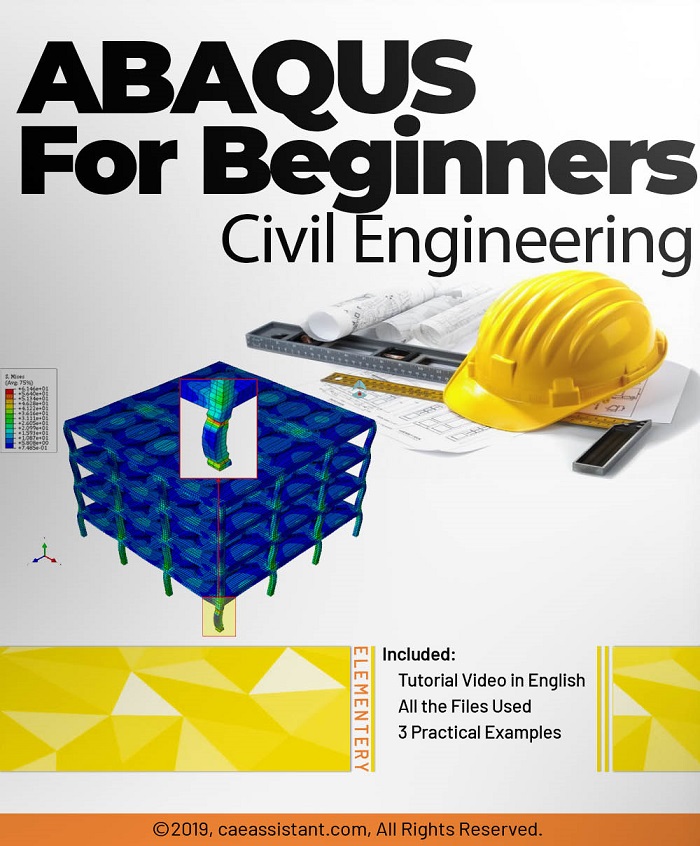
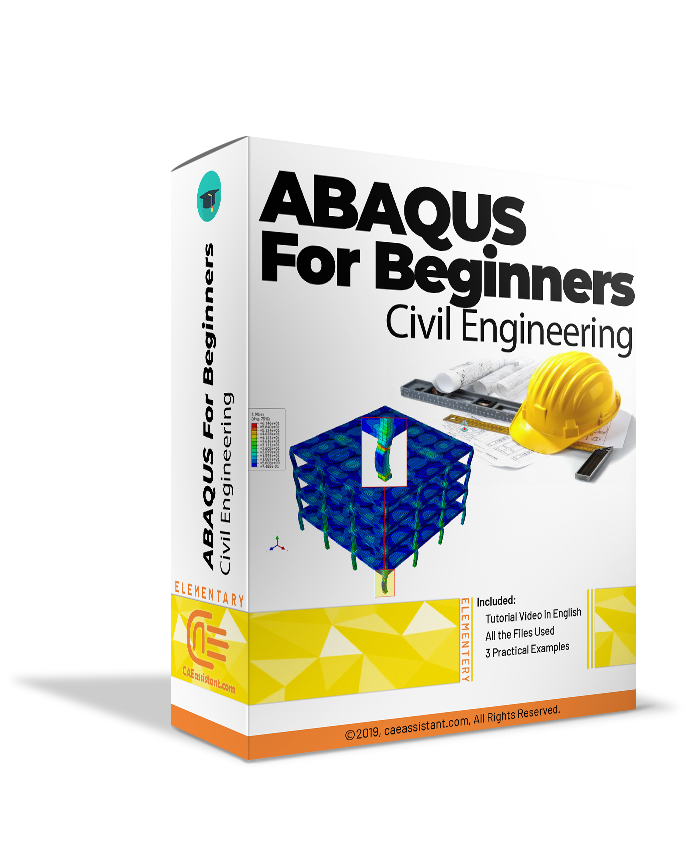
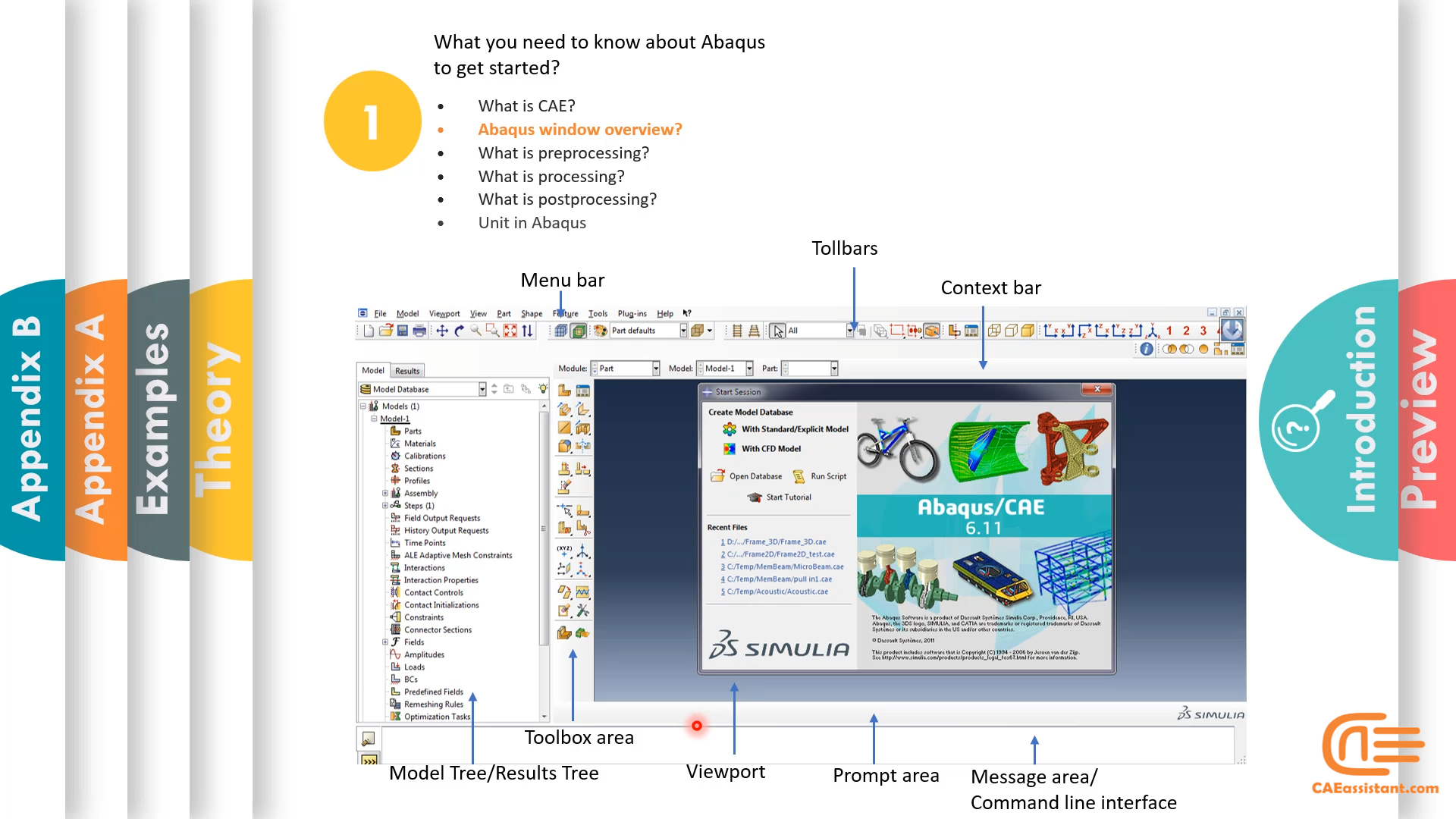
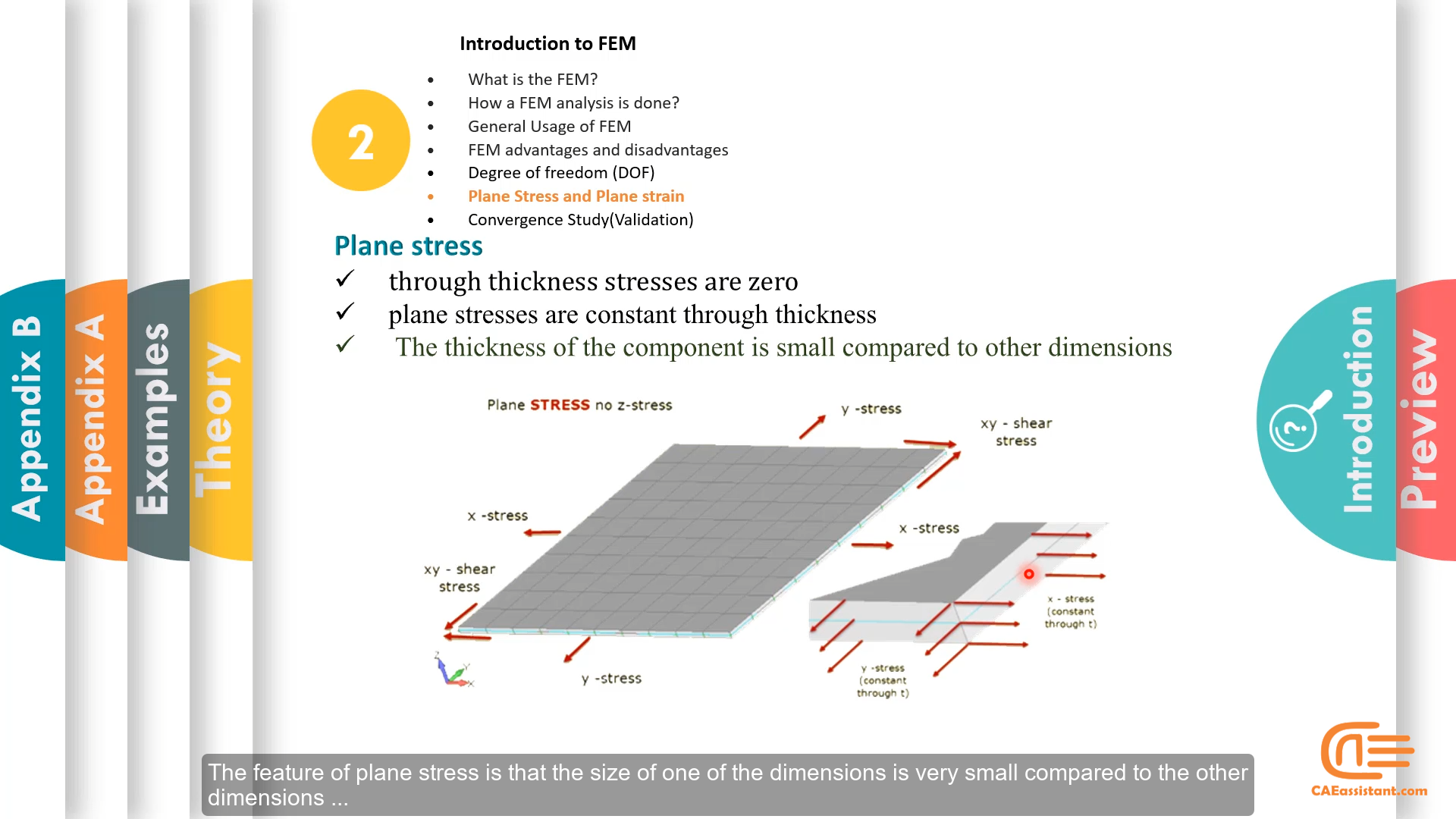
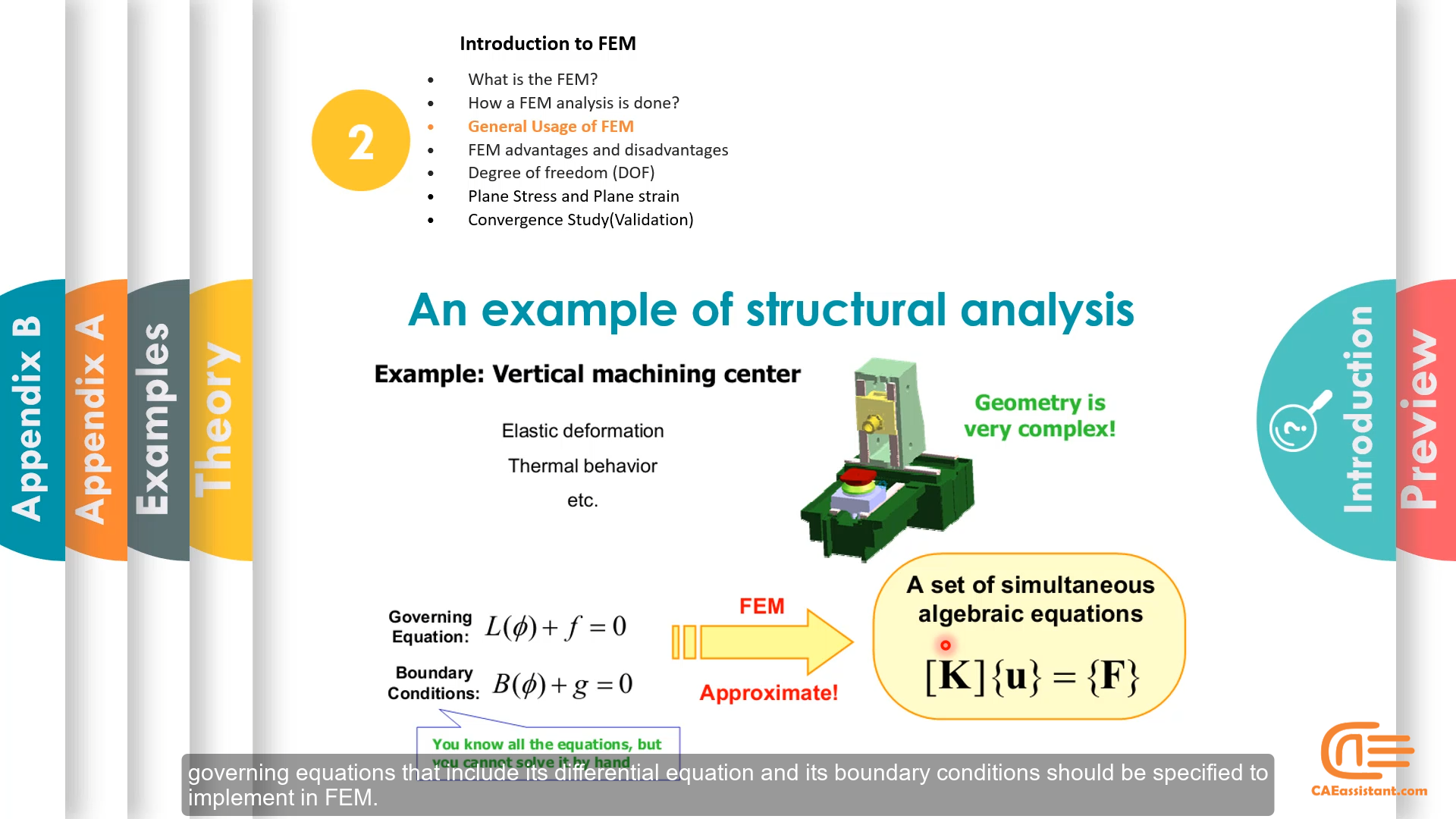








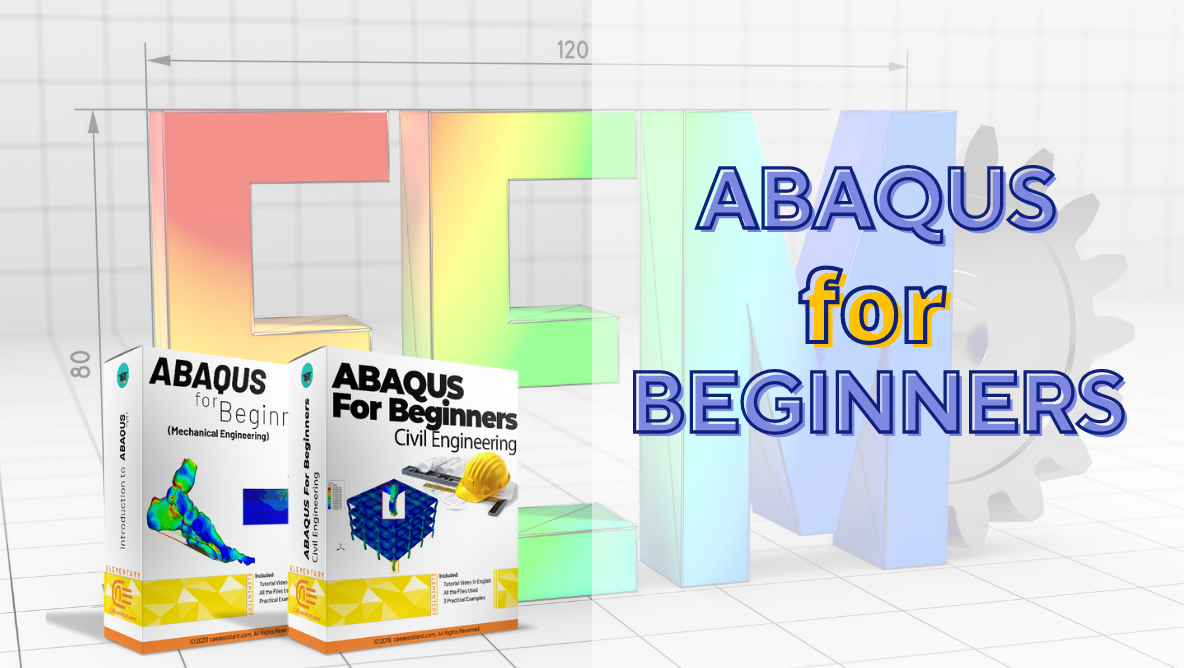
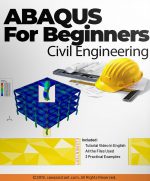
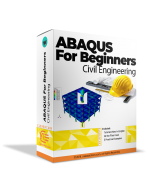












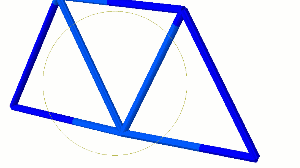
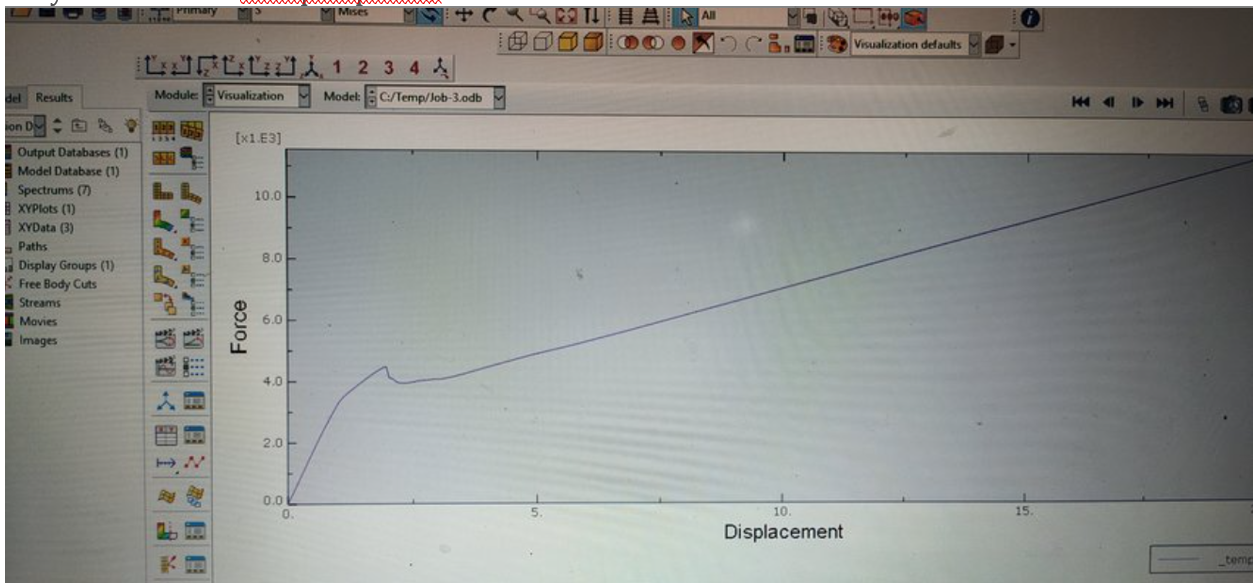
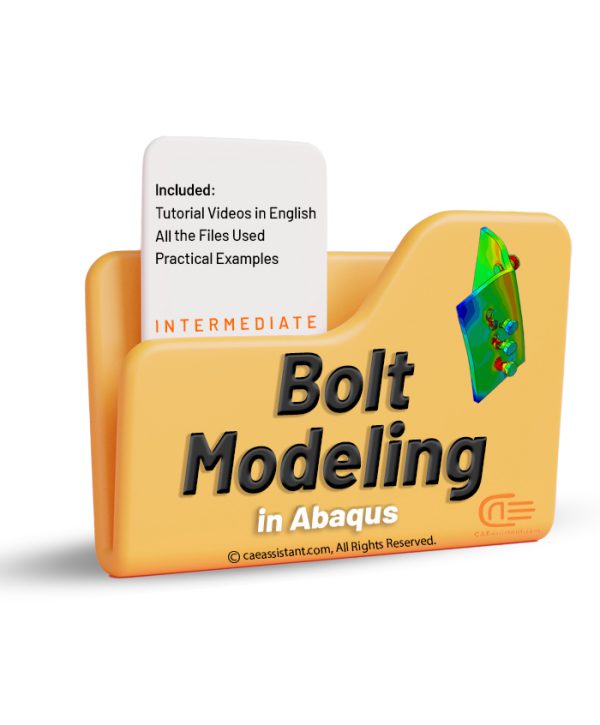
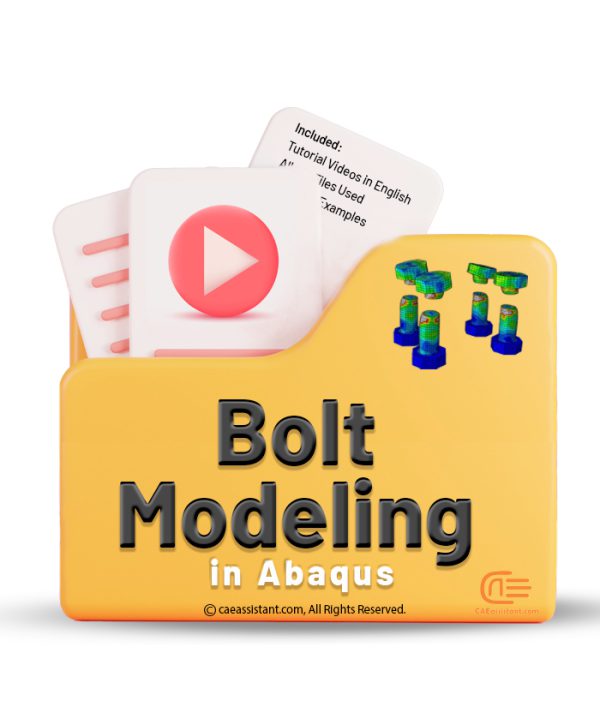
Amira Farooqi –
Thank you for your package. It gave me good knowledge about the Abaqus simulation for civil engineering topics. I am very excited about the new version of this package. please let me lnow when it is ready.
Experts Of CAE Assistant Group –
It will be ready a few days later. It would be exciting!!
Asahi Tanaka –
The teacher has an excellent accent. Subtitles also helped me a lot. thank you
brianhall –
It almost covered everything that I expected from a tutorial package and it helped me to learn the basics of Abaqus. What is your suggestion for learning the next training package?
thank you
moritz67 –
From the description and categorization, I can tell it is one of the good tutorial packages for beginners. But compare to mechanical version lessons what are the differences between these two versions?
Peter-Ryan –
Thank you, CAEAssistant experts! With the help of this package, I was able to do a lot of my projects. If I had some questions about any of my projects, can I get in touch with you?
Xióng.lim –
A great beginner package! However, several workshops are the same as in the mechanical version. Why there aren’t more workshops civil related?